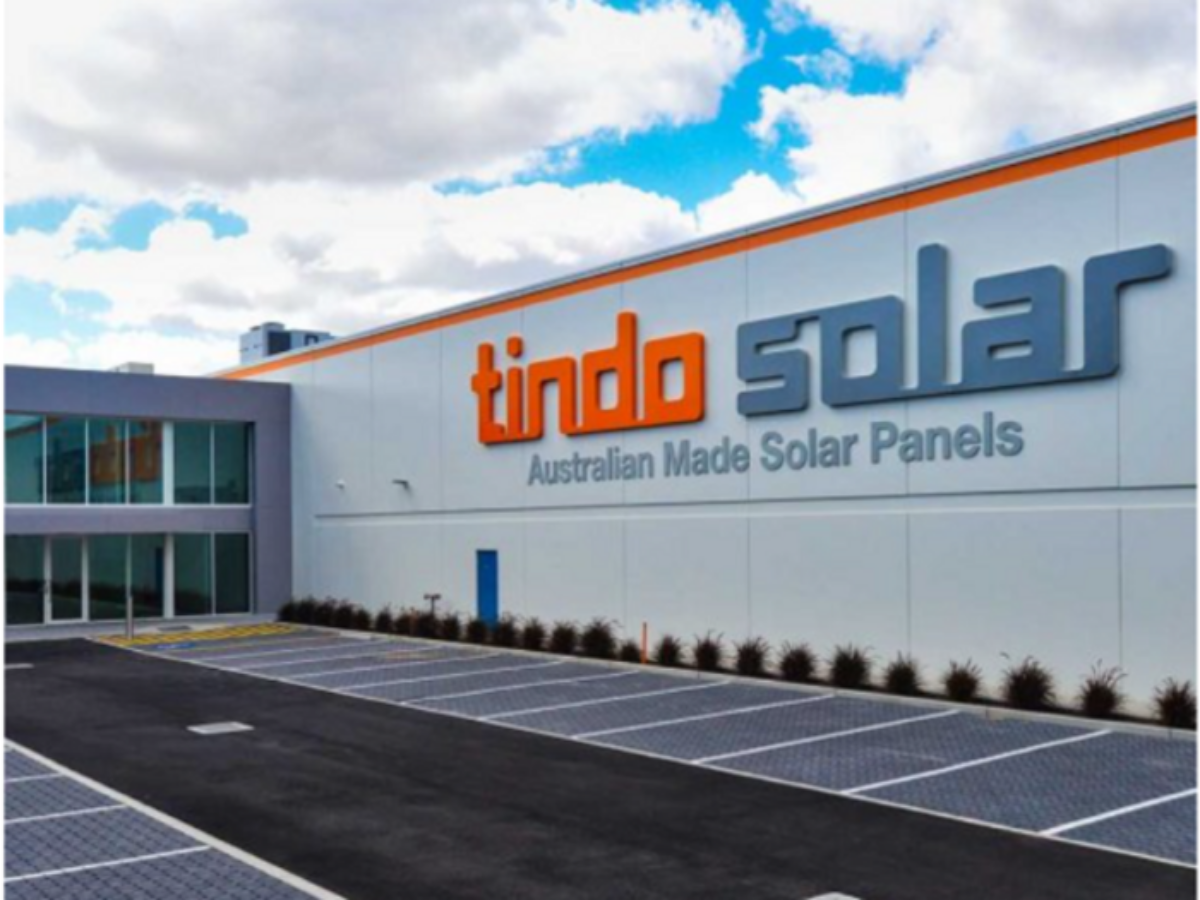Study to develop a solar PV supply chain underway

The Australian PV (photo voltaic) Institute (APVI) will examine opportunities in Australia for the development of elements of solar PV supply chains.
The APVI, a non for profit member body that provides data analysis and collaborative research, has already conducted a market assessment report which expressed concern about Australia’s reliance on China for solar PV products.
According to the market assessment released in May: “This dependency on a single external source raises concerns about Australia’s control or influence over the solar supply chain and, therefore its renewable future.”
Now, backed by a $541,640 grant from the Australian Renewable Energy Agency (ARENA), the institute will conduct a $1.12 million ‘Silicon to Solar’ study to look at options for domestic manufacturing, diversified supply chains, and policy options required to achieve them.
The Australian Energy Market Operator’s Integrated System Plan projects Australia will need 120 GW of installed solar capacity by 2050, representing a four-fold increase on current capacity.
ARENA’s own white paper on ultra low-cost solar paints a scenario of over 1,000 GW of installed capacity to achieve part of a vision for renewable energy.
ARENA CEO Darren Miller said the study would provide a path forward to more secure solar supply chains as the industry scales up dramatically.
Miller said: “Low-cost solar generation will be the foundation stone of Australia’s net zero economy, so it’s vital that we have reliable supply chains.
“With ARENA’s support, APVI will look at ways to secure our supply of the inputs into solar panels and find opportunities to reap the benefits of manufacturing at home.”
Australia currently has only one manufacturer of solar PV panels – Adelaide’s Tindo Solar (pictured).
However deployable solar power systems manufacturer 5B is constructing an Advanced Manufacturing Pilot Line, while Sydney’s SunDrive has built commercial size cells turning sunlight into electricity with a record efficiency of 25.54 per cent.
Solar supply chains to produce solar PV panels involve numerous products from silicon cells, to frames, glass and electronics modules, none of which are manufactured in Australia.
However Australia is a producer of the science behind solar cells and a producer of many of the raw materials required.
The Australian Centre for Advanced Photovoltaics (ACAP) has signed on as a study partner with the APVI, as have 5B, AGL, Aspiradac, Energus, Siemens, SunDrive and Tindo Solar.
As part of the study, APVI will work closely with industry stakeholders to identify technical, commercial, regulatory, and social licence barriers to increased domestic production.
Miller said: “The PERC solar cell, invented right here in Australia, is core to over 80 percent of the cells manufactured today, and since its invention, local research has been at the forefront of innovation.
“The Silicon to Solar study will help us find ways to play an increased role in production.”
Earlier this week ARENA launched a white paper aimed at highlighting how ultra low-cost solar can unlock Australia’s renewable energy superpower.
Further reading:
Tindo Solar inaugurates new solar PV factory with new Karra panel
5B begins construction of solar PV pilot production line
SunDrive shows the way to solar power industry
Industry needs a step change in solar PV efficiency and cost – report
Picture: Tindo Solar
@aumanufacturing Sections
Analysis and Commentary Awards Defence Manufacturing News Podcast Technology Videos










